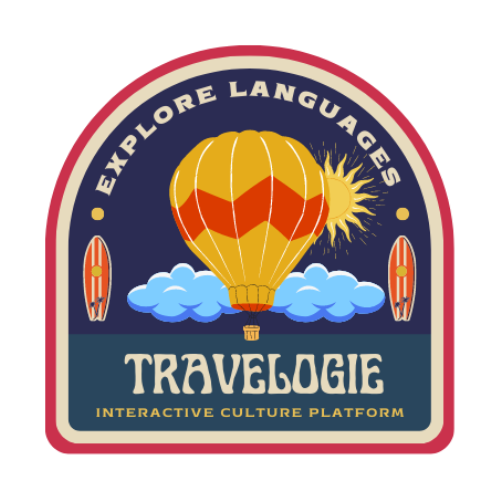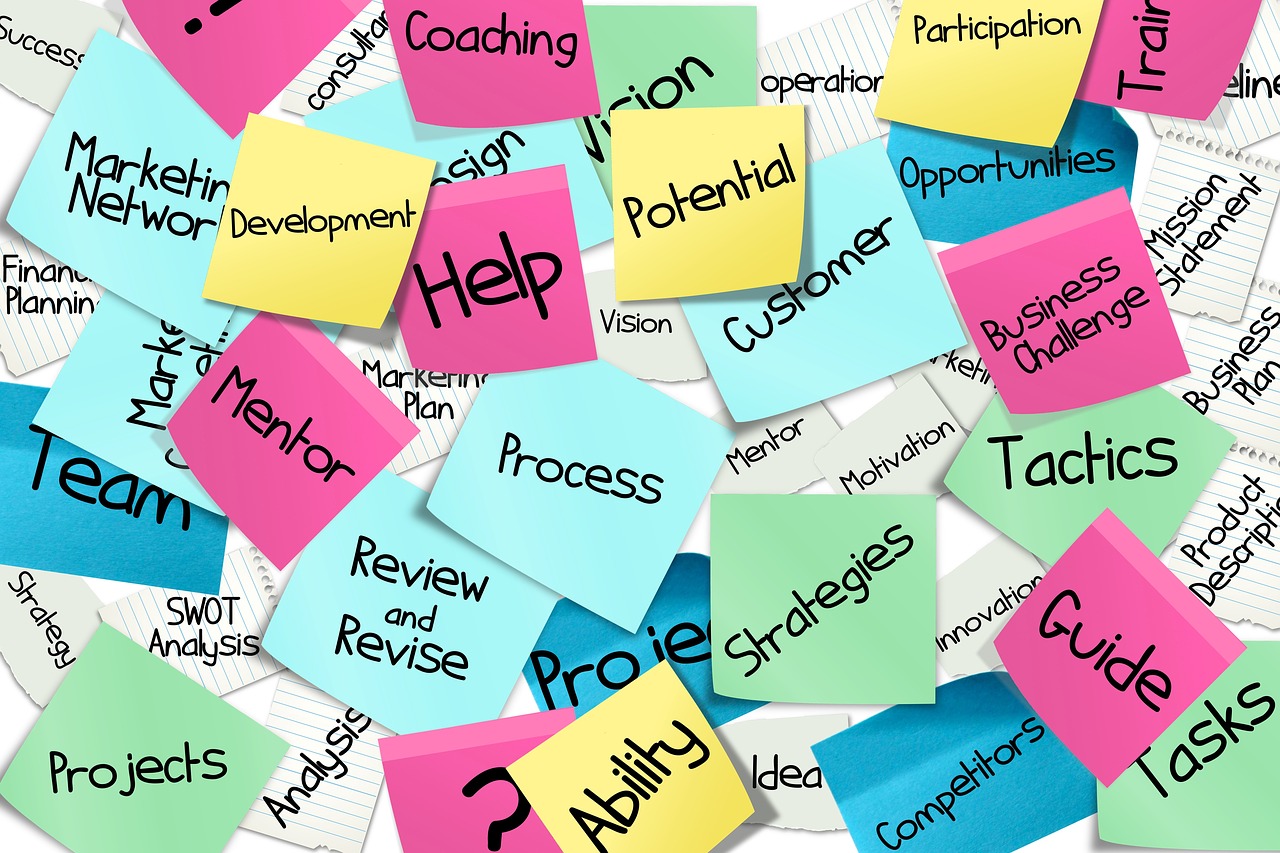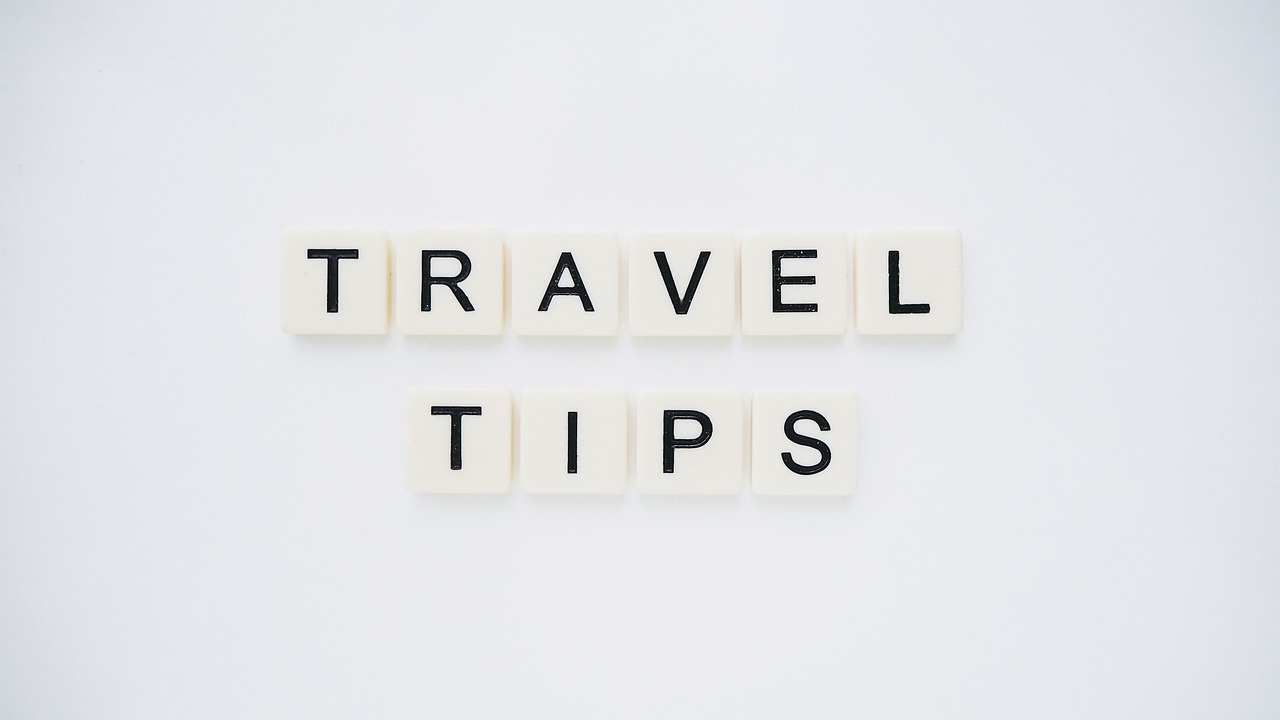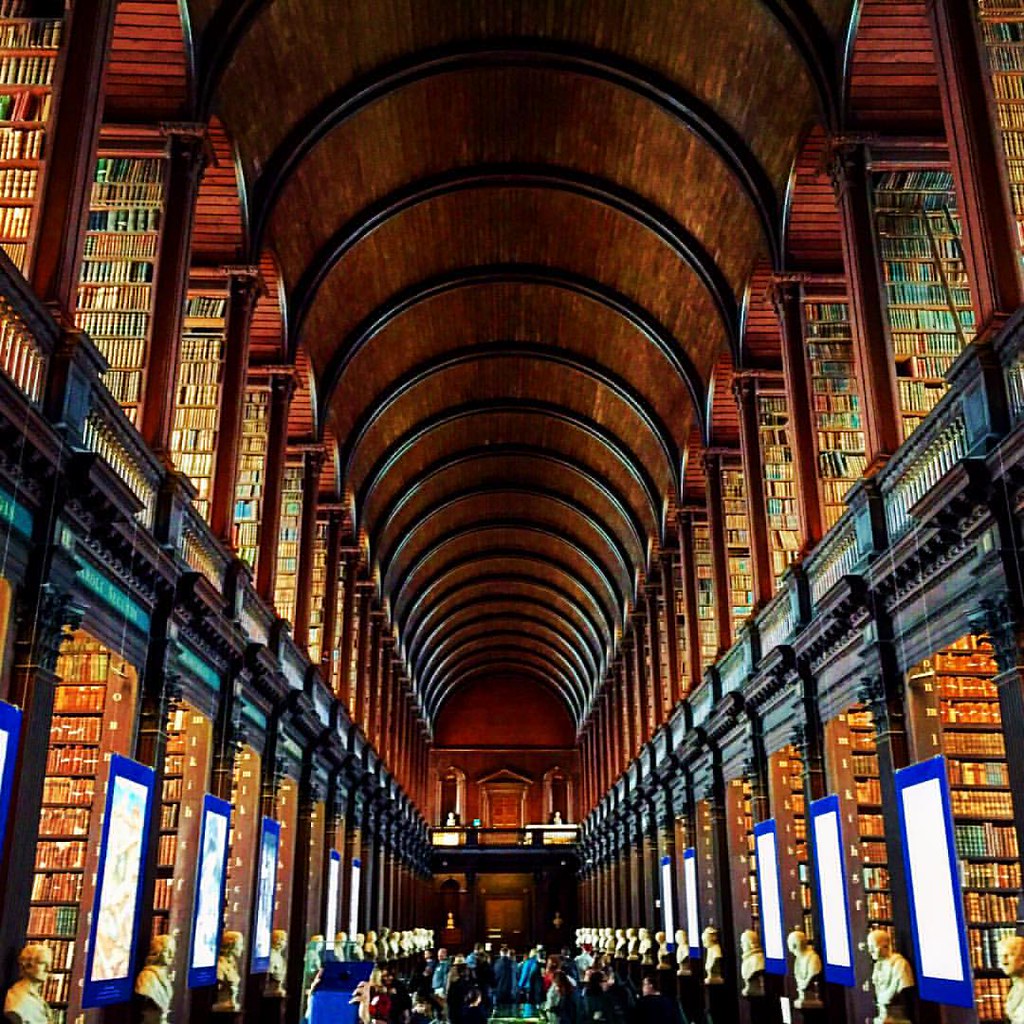Melbourne, Australia
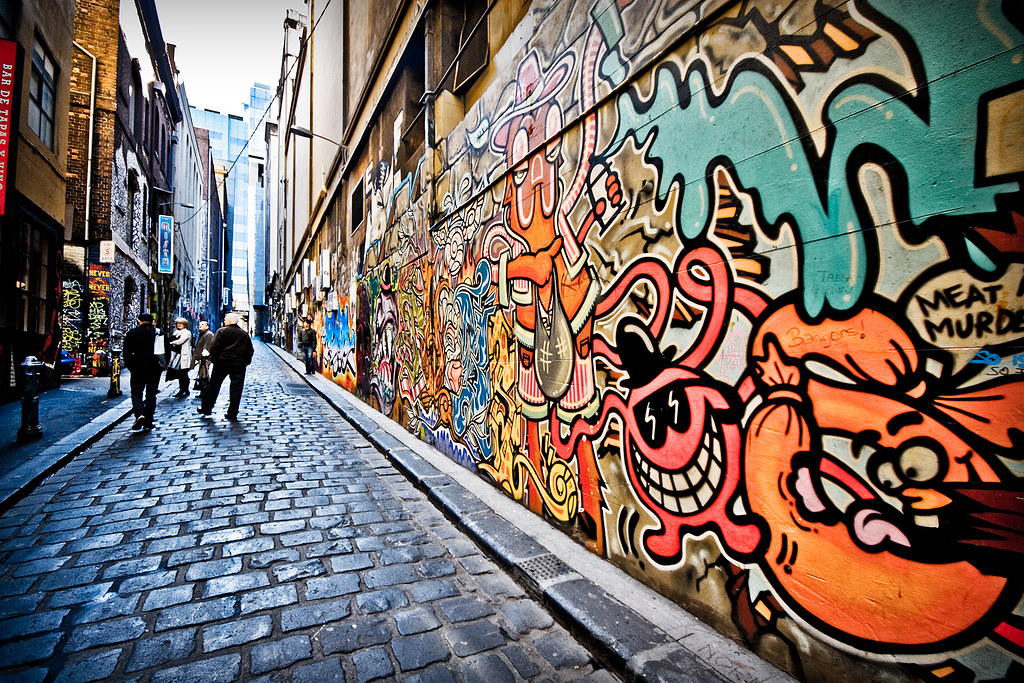
Here is a quick overview of the history of Melbourne, Australia:
Here are some key highlights of the history of Melbourne, Australia:
• Melbourne was originally inhabited by indigenous Australians for thousands of years before British settlement. The Woiwurrung and Bunurong tribes lived in the area.
• Melbourne was founded in 1835 by Europeans as a planned settlement. It was named after the British Prime Minister Lord Melbourne. It quickly became an important port city in the colony of New South Wales.
• Melbourne grew rapidly during the gold rush in 1851. Many European settlers came to Melbourne in search of gold, turning it into Australia‘s largest city. This resulted in population growth and increased trade and commerce.
• In the 1850s, there were new infrastructure developments like a railway network, roads, bridges, and major buildings. This boosted the economy and led to Melbourne becoming a financial and industrial center.
• Melbourne hosted major events in the early 20th century like the 1908 Olympics. In the 1920s, Melbourne annexed surrounding districts and suburbanization began.
• After World War 2, Melbourne became a very multicultural city, welcoming immigrants from Europe, Asia, and Africa. Its economy diversified into sectors like finance, technology, and tourism.
• Today, Melbourne is one of the most livable and prosperous cities in the world. It remains Australia‘s cultural, economic and sporting capital. It is a global city with a vibrant food scene, arts culture, street art, festivals, and sports.
• Some historic landmarks include Federation Square, Eureka Skydeck, Melbourne Cricket Ground, Queen Victoria Market, Royal Exhibition Building, and St Kilda Beach.
**Eureka Skydeck** Open every day from 9 am to 11 pm. Adults $27, Children (4-15) $17 Level 88, Southbank, Melbourne. +61 3 9614 4000. https://eurekaskydeck.com.au/
**Melbourne Museum** Open every day from 10 am to 5 pm. Permanent Exhibition $12, Temporary Exhibition $16. 8 Nicholson Street, Carlton. +61 3 8341 7777. https://museumsvictoria.com.au/melbournemuseum/
**Melbourne Botanic Garden** Open daily 7 am to 8 pm. Free entry. Admission fees apply for special events. Clayton Road, South Yarra +61 3 9252 2300 https://rbg.vic.gov.au/melbourne-botanic-garden
**Sydney Opera House** Open daily 9 am to 11 pm. Guided tours available. Booking Essential for tours. 173 Macquarie Street, Sydney +61 2 9250 7000 https://sydneyoperahouse.com/
**Great Ocean Road** Access is year-round, 24 hours a day. Free to access but parking fees apply. Stretching 243 km along the coast from Torquay to Allansford. No phone contact – refer to website for further information. https://greatoceanroad.org.au/
**Melbourne Zoo** Hours: Every day from 9am–5pm Cost: Starting from $30 for adults, $13 for children Address: Elliott Ave, Parkville VIC 3052. Phone: +61 3 9270 3333 Website: https://www.zoo.org.au/
**Great Ocean Road** – Popular for driving, cycling and hiking tours. The road runs for 243 kilometers along the southeastern coast of Australia.
**Phillip Island** – Popular for viewing penguin parades, surfing and beach activities. Accessible by car or tour bus.
**Yarra Valley** – Popular for winery tours, ballooning, cycling and hiking. Accessible by car or tour.
Here are some day trips from Melbourne, Australia:
**Great Ocean Road** About 2.5-3 hours west of Melbourne. Open 24 hours. No admission fee. The Great Ocean Road is one of the most famous coastal drives in the world.
**Peninsula Hot Springs** About 2 hours west of Melbourne. Open 7 days a week, 9am-6pm. Admission fees apply. 2731 Surf Coast Highway, Torquay VIC. 3228 +61 3 5266 2424. https://peninsulahotsprings.com/
**Philip Island** About 2 hours southeast of Melbourne. Open every day of the year, hours vary by attraction. Admission fees apply to some attractions. Beach Road, Cowes VIC 3922 +61 3 5956 7299. https://visitphillipisland.com/
**Bright** About 2.5 hours northeast of Melbourne. Open daily, hours vary by season. No admission to town itself. Bright Visitor Information Centre 21 Greater Brighton Road, Bright VIC. 3741 +61 3 5750 1122. https://www.brightvictoria.com.au/
**Daylesford and Hepburn Springs** About 1.5 hours northwest of Melbourne. Spa hours vary, some attractions open daily 9am-5pm. Admission and spa treatment fees apply. Daylesford Visitor Information Centre 34 Vincent Street, Daylesford VIC. 3460 +61 3 5321 6123. https://mineralspringsco.com/
**Melbourne’s Islands** Portsea – About 1.5 hours southeast. Mornington Peninsula – About 1.25 hours southeast. Brochure Island – About 30 mins southeast. Open daily, hours vary by season and attraction. Admission and tour fees apply. https://www.onlymelbourne.com.au/islands-in-melbourne
Here are the main types of transportation in Melbourne:
**Train** Melbourne has an extensive train network. Fares start at $2 to Zone 1 stations. https://www.ptv.vic.gov.au/
**Tram** (Light Rail) Melbourne has a network of trams. Fares start at $2 to Zone 1 stations. https://www.ptv.vic.gov.au/
**Bus** Melbourne has over 200 bus routes operated by CDC Melbourne and Ventura Bus Lines. Fares start at $2 to Zone 1 stations. https://www.ptv.vic.gov.au/
**Bike Share** Melbourne Bike Share is a public bike sharing system with over 5,000 bikes and 400 bike stations. Rides start at $5 for 30 minutes. https://melbournecycling.com.au/bike_melbourne_bike_share.htm
**Taxi** Melbourne has over 12,000 taxis operated by local taxi companies. Fares start at $3.20 for the initial 200 meters plus $0.195/meter. Use taxi stand, hail in street or https://hireachauffeur.com.au/home
**Rideshare** UBER, Ola, Didi, GoCatch, Bolt, Shebah and other ridesharing services operate in Melbourne. Fares vary but usually start around $5 to $10 for short rides.Compare services here: https://www.canstarblue.com.au/travel/ridesharing-apps-australia/
**Car Share** Car sharing services like GoGet Car Share, Hertz 24/7 and Car Next Door offer hourly and daily car rentals. Rates start around $30–45/hour including fuel and insurance.
**Melbourne Airport (MEL)** 10 Kingsford Smith Drive, Tullamarine, Melbourne, VIC 3043 Australia. https://www.melbourneairport.com.au/
**Metro Train** Time: 30 minutes Distance: 16 km Cost: $29 one-way. https://bigbuild.vic.gov.au/projects/melbourne-airport-rail
**Melbourne Airport Taxis and Transfer Services** Time: 30 minutes Distance: 24 km Cost: From $65-$90 one-way. Check taxi stands or hail a taxi.
Bus
**Skybus** (express bus service linking airport to Melbourne CBD) Time: 45 minutes Distance: 25 km (depending on traffic) Cost: $19 one-way. https://skybus.com.au/
Private transfer
**Melbourne Airport Transfers** Time: 30-45 minutes Distance: 24 km Cost: From $150 one-way for up to 4 passengers. https://melbourneairporttransfers.com.au/
**Essendon Airport (ESD)** 147 Borella Road, Essendon Fields, Melbourne, VIC 3040 Australia (General aviation only – no commercial flights). https://ef.com.au/airport/
**Essendon Airport Taxis and Transfers** Time: 45 minutes Distance: 23 km Cost: From $70 one-way. https://essendonairporttransfers.com.au/
**Avalon Airport (AVG)** 10 Fleet Street, Avalon, Melbourne, Victoria, 3164 Australia (Jet aircraft only – no commercial flights). https://avalonairport.com.au/
**Avalon Airport Taxes and Transfers** Time: 1 hour Distance: 40 km Cost: From $150 one-way. https://www.avalonairport.com.au/car-park-and-transfers/transfer-services/
Melbourne uses the Australian dollar (AUD) as its currency. :
• Bill denominations:
- $5,
- $10,
- $20,
- $50,
- $100.
• Coins:
- 1 cent,
- 2 cents,
- 5 cents,
- 10 cents,
- 20 cents,
- $1
- and $2 coins.
• The 1 dollar coin is the most common coin.
• The AUD dollar is subdivided into 100 cents.
• Melbourne uses the same Australian dollar currency as the rest of Australia. There are no separate currencies used within different cities or regions of Australia.
• Coins come in copper, nickel, silver and gold plated steel. Larger coins contain nickel and copper.
• Australia stopped producing the 1 dollar and 2 dollar coins in 1992 but they remain legal tender. Newer coins have been made of lighter metals.
The climate of Melbourne, Australia is primarily temperate oceanic with warm summers and cool winters. • The city rarely experiences extreme heat or cold, and temperatures above 35°C or 95°F or below 5°C or 41°F are uncommon. Some key facts:
• Summers are warm to hot with average high temperatures around 26°C or 78.8°F and lows around 14°C or 57.2°F. The warmest months are January and February.
• Winters are cool with average high temperatures around 14°C or 57.2°F and lows around 6°C or 42.8°F. The coldest months are July and August.
• Rainfall is moderate and spread throughout the year. The wettest month is October with an average of 65 mm or 2.6 inches of rain.
• Melbourne does not have a dry season and can receive rain in any month of the year. However, rainfall tapers off somewhat during the winter months.
